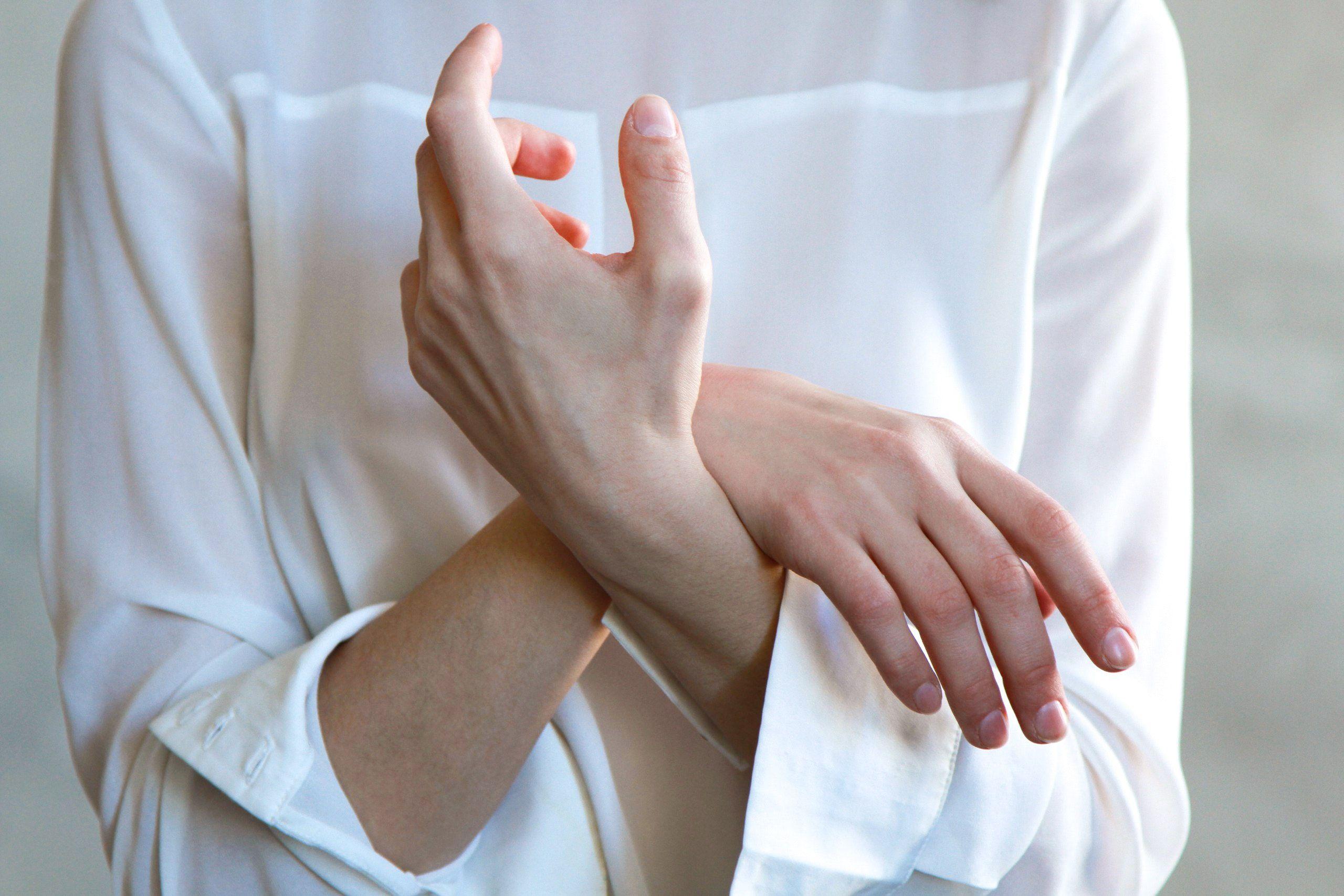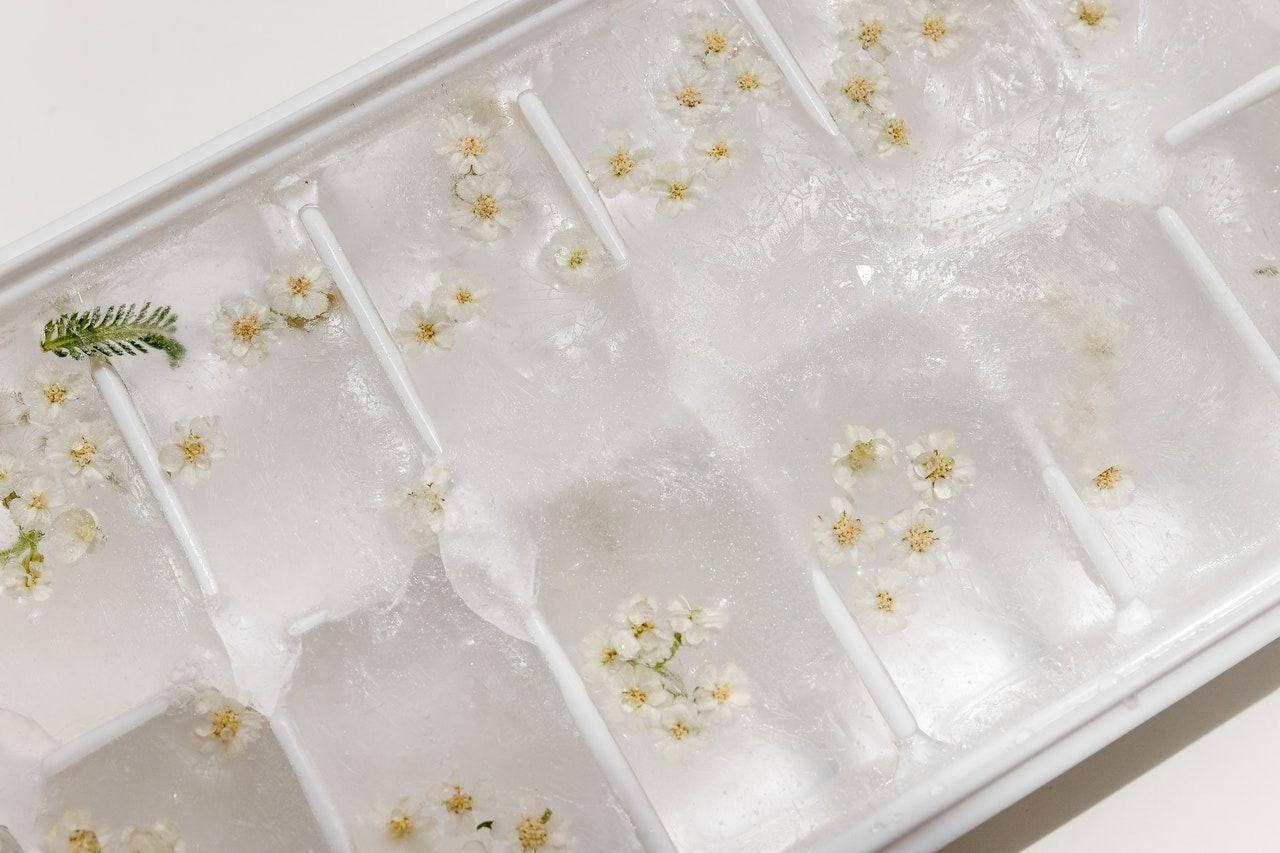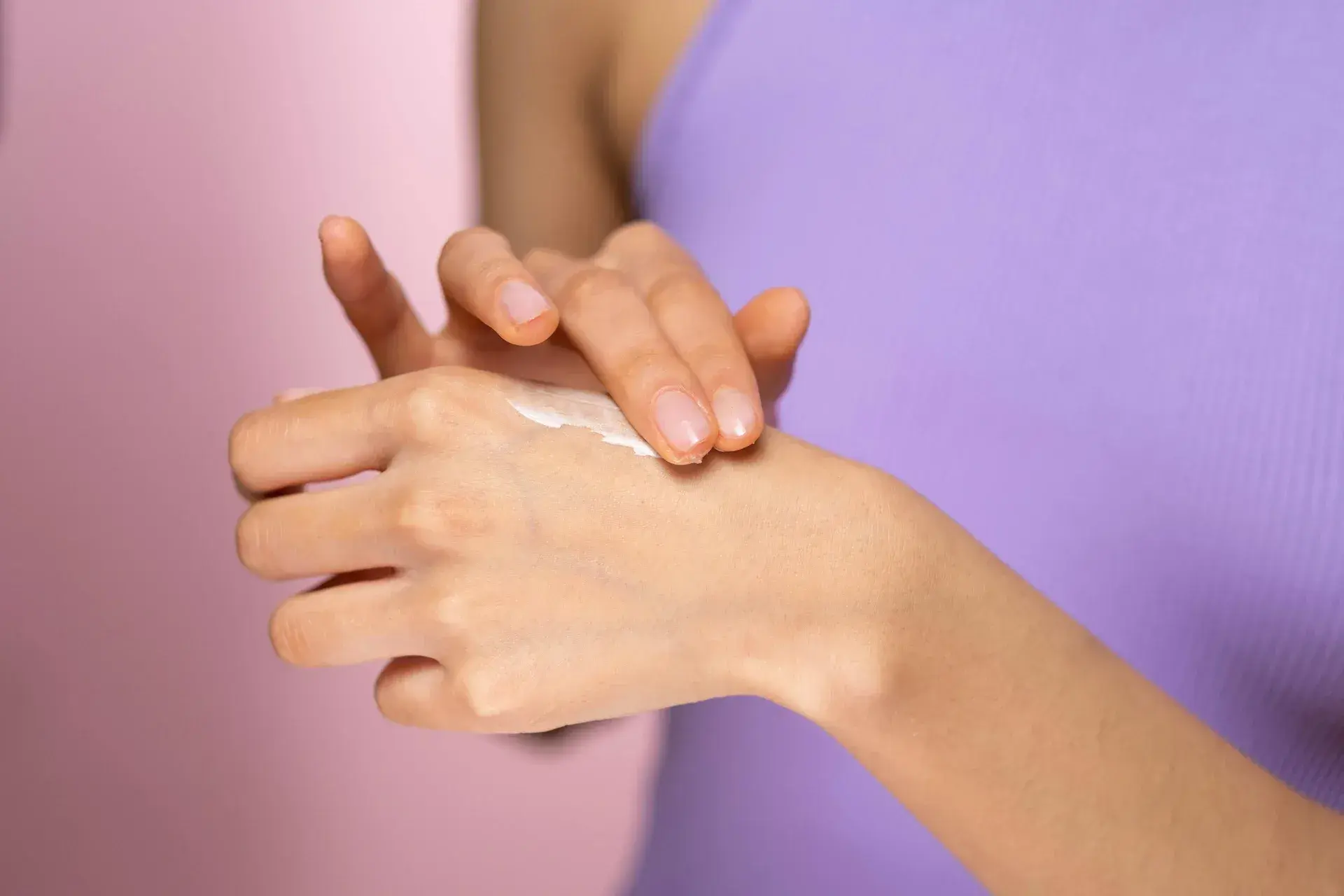Henna. The Art of Ancient Egyptian Body Decoration
Henna, a natural dye derived from the leaves of the henna plant (Lawsonia inermis), has been used for centuries to create intricate body art and hair dye. Originating in Ancient Egypt, the art of henna has evolved and spread to various cultures worldwide, particularly in India and the Middle East. In this article, we will explore the history of henna in Ancient Egypt, its cultural significance, and its lasting impact on modern body art traditions.
Henna in Ancient Egypt: A History of Beauty and Ritual
Henna has been used as a cosmetic and artistic medium in Egypt for over 5,000 years. The earliest evidence of henna use dates back to the Predynastic period (circa 3500 BCE), with henna-dyed nails discovered in the tombs of ancient Egyptian royals. Ancient Egyptians used henna for body decoration, hair dye, and even medicinal purposes, such as treating skin conditions and soothing sunburns.
The Art of Henna: Techniques and Designs
Ancient Egyptians applied henna to the skin using a variety of techniques, including painting and stenciling, to create intricate patterns and designs. These designs often held symbolic meaning, representing protective, religious, or celebratory themes. Common motifs included geometric patterns, floral designs, and depictions of animals, particularly birds and cats, which held spiritual significance in Egyptian culture.

The process of creating henna paste involved grinding the henna leaves into a fine powder, which was then mixed with water or other liquids, such as lemon juice or tea, to create a smooth paste. The paste was applied to the skin using a small brush or a cone-shaped applicator, allowing for precise and detailed designs.
Cultural Significance: Henna in Ancient Egyptian Society
In Ancient Egypt, henna held cultural and spiritual significance, often used in religious ceremonies and rites of passage. For example, henna was applied to the hands and feet of brides before their wedding ceremonies as a symbol of fertility, beauty, and protection from evil spirits.
Henna was also used to adorn the bodies of the deceased, with henna-dyed nails and painted designs found in the tombs of ancient Egyptian royals. This practice was believed to assist the deceased in their journey to the afterlife, providing protection and guidance during their transition.
The Evolution of Henna: From Egypt to the World
The art of henna spread from Ancient Egypt to various cultures throughout history, with each culture adapting and adding their unique flair to the tradition. Today, henna is most commonly associated with Indian and Middle Eastern cultures, where it is used in weddings, religious ceremonies, and other festivities.
In India, the art of henna, known as Mehndi, has evolved into a highly intricate and detailed form of body art, with designs often covering the hands, arms, feet, and legs of brides during wedding celebrations. In the Middle East, henna designs tend to be more geometric, featuring bold lines and patterns.
Henna in the Modern World: A Timeless Art Form
The enduring appeal of henna body art can be seen in its continued popularity across various cultures and continents. Today, henna is used not only for traditional ceremonies and celebrations but also as a form of self-expression, with people experimenting with contemporary designs and styles. The use of henna in modern tattoo art, temporary tattoos, and hair dye further demonstrates its lasting impact and versatility.









